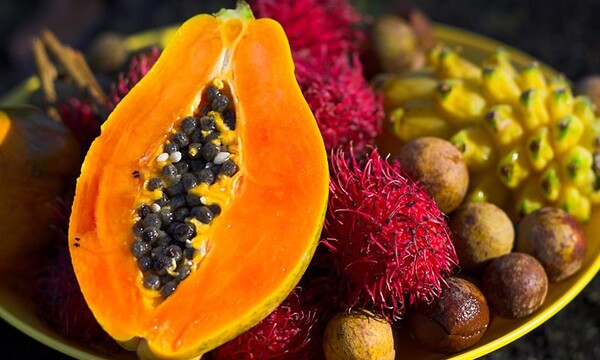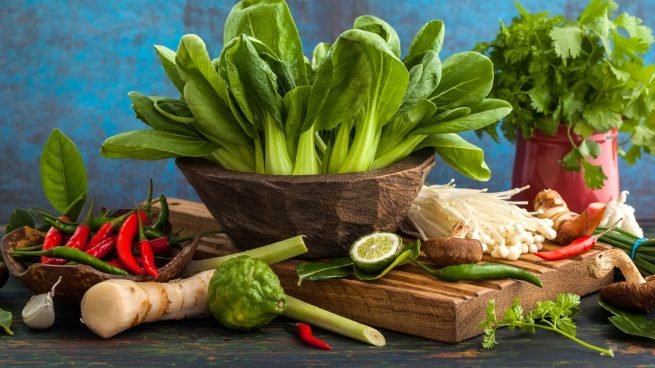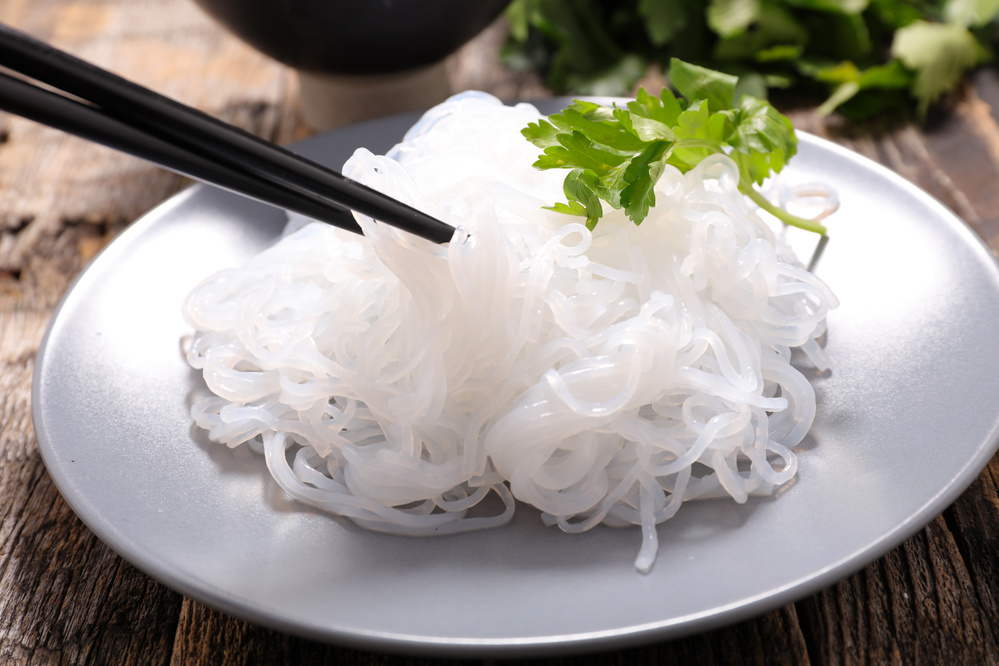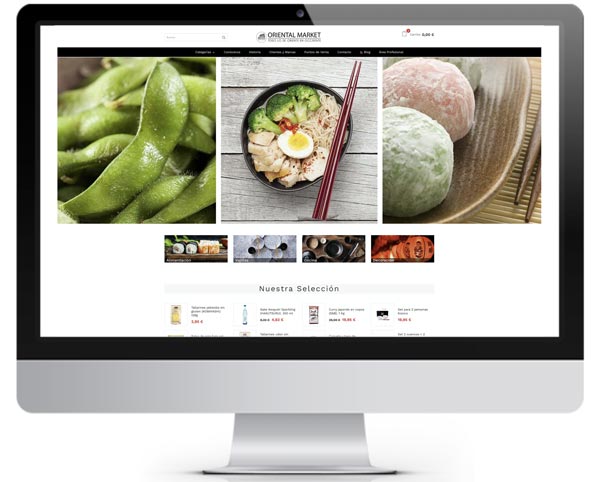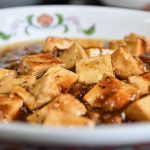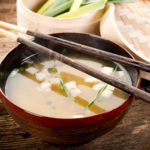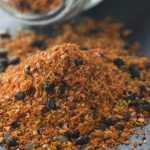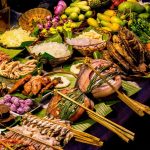The warm weather is here and we are starting to feel more than ever like eating fresh fruit while we enjoy the good weather. However, we don’t seem to get out of the typical tandem of melon and watermelon. Well, guess what: there are plenty of exotic fruits that you probably don’t know about yet, and they are a perfect alternative to the “usual” fruits. Before you start thinking that you won’t be able to try them unless you’re on a beach in the Caribbean, let me tell you that many exotic fruits are already grown in Spain and you can find many of them in the supermarket where you do your regular shopping. Do you want to know more?
Eating exotic fruits, just like eating fruit in general, is a healthy way of providing vitamins and nutrients necessary for our organism. However, the positive factor that exotic fruits provide is their taste and appearance, as our eye perceives them as something new and encourages us to eat them. And increasing our daily fruit intake will always bring health benefits.
Moreover, nowadays, it is no longer necessary to travel to Cancun to try most exotic fruits, but it is possible to find them in shops and supermarkets in Spain. Malaga is the province where all these fruits are grown, due to its subtropical climate in some regions. In addition, being a local purchase, the condition of the fruits is of better quality than those imported from other countries, as the transport process is considerably reduced.
Exotic fruits that you can buy in our online shop
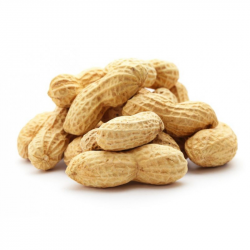
Cacahuete con piel (25/40) 5kg
29,95 €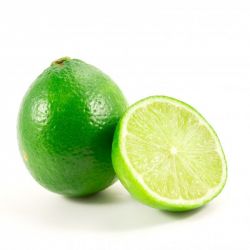
Lima Verde Fresca 1u 70g
0,51 €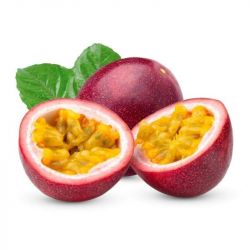
Fruta de la Pasión Fresca 1u 50g
1,03 €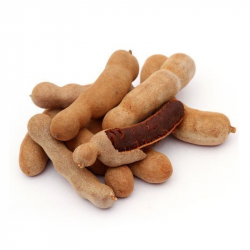
Tamarindo fresco (NAMDHARI'S) 454g
5,36 €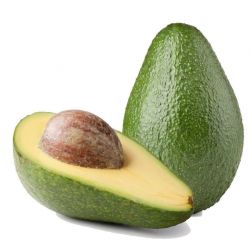
Aguacate (precio por kilo)
2,77 €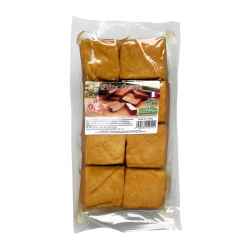
Tofu ahumado 550g
5,90 €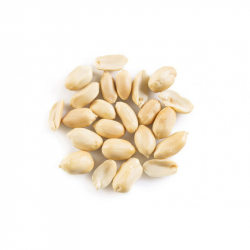
Cacahuete sin piel (38/42) 5kg
33,95 €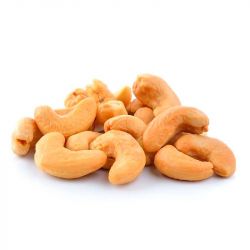
Anacardos pelados 1kg
21,20 €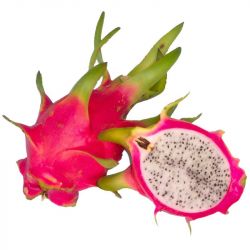
Pitahaya Roja Fresca 1ud 400-600g
6,76 €
List of exotic fruits you can buy in Spain
- MANGO
The mango is a tropical fruit of Asian origin (India, Burma and the Andaman Islands) with a sweet taste. Despite being an exotic fruit, it has been consumed in Spain for many years, so it is a name with which most people are already familiar.This fruit is not only appreciated for its deliciousness, but also for all that it can contribute to our body. It is rich in vitamins A, B and C, antioxidants and minerals such as potassium and magnesium. If you haven’t tried it yet, give it a try, you won’t regret it.
- PITAHAYA
Also known as dragon fruit, pitahaya is a fruit native to Mexico that has become very popular because of its appearance. Its shell has a kind of layered skin that resembles the scales of a dragon’s skin, although the flesh inside is white with black seeds.The pitahaya can be found in two varieties, red and yellow, the latter being sweeter in taste. It is also rich in vitamin C and minerals such as phosphorus, calcium and iron.
- PAPAYA
The papaya is a tropical fruit native to the Dominican Republic. Its flesh is orange in colour and is recognisable by its round black seeds located in its central part.The most outstanding property of this fruit is its easy digestibility. It is also rich in vitamin C and provitamin A, as well as folic acid and potassium.
- KUMQUAT
The kumquat, also known as the small orange tree, is an exotic fruit originating from China. It could be said that it belongs to the citrus category, with the particularity that it is consumed with the peel, which has a sweeter taste than the pulp.As a good citrus fruit, the kumquat is rich in vitamin C, folic acid, potassium, magnesium and calcium. It is considered the smallest citrus fruit of all, but that does not mean that it cannot provide your body with large amounts of minerals, vitamins and nutrients. As the saying goes… small but tough.
- CUSTARD APPLE
The cherimoya is a tropical fruit from Ecuador, specifically from the Peruvian Andes. Although it is not the most striking looking fruit, the truth is that its pulp is refreshing, sweet and juicy.The main properties of this fruit are that it is rich in vitamin B and C, as well as calcium, iron and potassium. It has a high energy value, to be precise, a small piece of custard apple has a total of 172 calories, so it is a healthy option but one that should not be abused.
- MARACUYA
Also known as passion fruit, it is a fruit native to Central America. Its flavour is sweet, with a hint of acid. There are two varieties of passion fruit: one with a purple skin and the other with a yellow skin. However, the pulp inside is the same in both.The fruit contains mainly vitamins A, B and C. It is also rich in minerals such as calcium and magnesium. It is also rich in minerals such as calcium, iron, phosphorus, zinc… And best of all, it contains hardly any calories, its caloric intake is similar to that of an apple.
- PHYSALIS
You may have seen it as part of a cake decoration. The cape gooseberry or physalis is a fruit native to South America that is widely used in desserts. It consists of a small round yellow fruit, wrapped around small green leaves.The main property of the cape gooseberry is its high content of vitamin C and beta-carotene, which are very beneficial for preserving the good appearance of the skin and also the health of our eyes.
- LONGAN
Also known as Dragon’s Eye, the longan is a fruit made up of a brown skin that surrounds a transparent white pulp. Its flavour is sweet, although it has some acidic touches that make it more interesting. Inside the pulp hides a seed, the size of which varies according to the variety of longan.Thanks to its high vitamin C content, this fruit has a strong antioxidant function, which helps to strengthen the immune system. Although it is usually eaten on its own like any other fruit, its flavour gives it great versatility in the kitchen and it is also often used to make sauces or to accompany meat and fish.
- CHINESE PEAR
The Chinese pear or nashi is a fruit originating in China whose appearance is reminiscent of the apples we eat in the West. However, its taste, being sweet, is more similar to that of a pear, which is why it is known as the Chinese pear. There are two varieties of this pear: Shinseing and Hosui, which are basically differentiated by the colour of their skin.This fruit, like our pears, is widely used in the kitchen for baking, as its consistency withstands high temperatures and does not crumble. In addition, nutritionally it can provide us with minerals such as calcium and magnesium.

